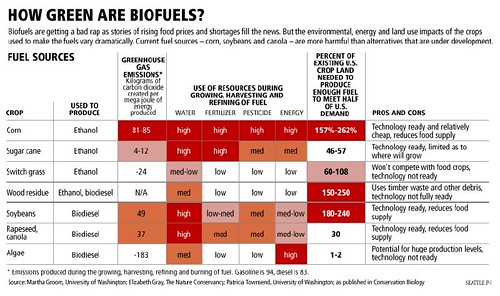States roll out plans for ‘smarter’ roads
(Source: Stateline.org via Planetizen)
States are hoping to use federal stimulus money to add technological advancements to their streets and highways to create “smart” roads.
Not all the highway improvement projects states plan to pay for with federal stimulus money involve widening roads, fixing bridges or repaving highways. Nearly half the states plan to use some of their new funds to pay for high-tech gadgets that will reduce congestion, help the environment and create jobs quickly.
At least 22 states have told the federal government they want to make their roads “smarter” by installing traffic cameras, creating express toll lanes, improving traffic signals and alerting drivers about accidents or delays ahead, according to the National Conference of State Legislatures.Such projects are “quick, they can move forward very fast, they create jobs and they’re effective in the short and long term,” said Jaime Rall, an NCSL analyst.States are under the gun to tell the federal government how they plan to use $26.7 billion in federal stimulus money for transportation. They have until June 29 to commit half of that money to specific projects, so states are focusing on projects that can get started quickly.Three-quarters of the money committed by states so far will pave or re-pave roads. Some of the money can go to passenger and freight rail efforts, too.
The Obama administration announced earlier this week that another $1.5 billion in transportation stimulus money can be used for innovative road projects.But included in the mix already are dozens of efforts to use technology to make roads function better. The “smart road” improvements include signals for on-ramps in Colorado, new E-Z Pass toll booths to allow drivers to pay without stopping in Delaware and traffic lights connected to fiber optic cable to reduce bottlenecks in Utah.
Technology improvements, in particular, have a bigger bang for the buck for the economy, the federal government points out, because more of the money goes straight to workers’ salaries. Only 20 percent of material-intense projects such as laying roads or fixing bridges typically goes to payroll, according to a January analysis by the U.S. Department of Transportation. For technology upgrades, about 50 percent goes to paychecks.



